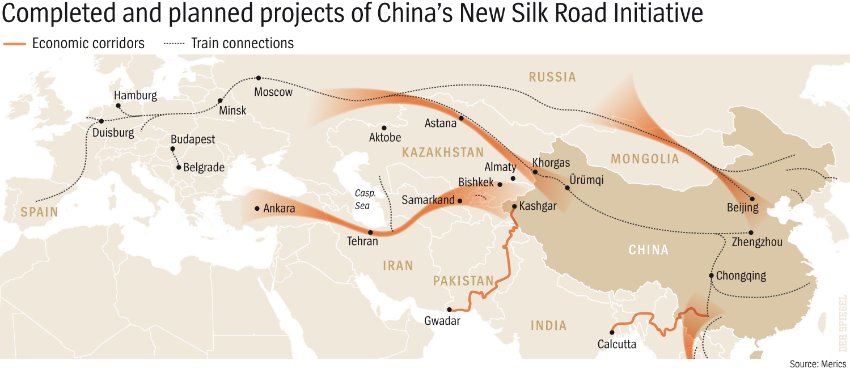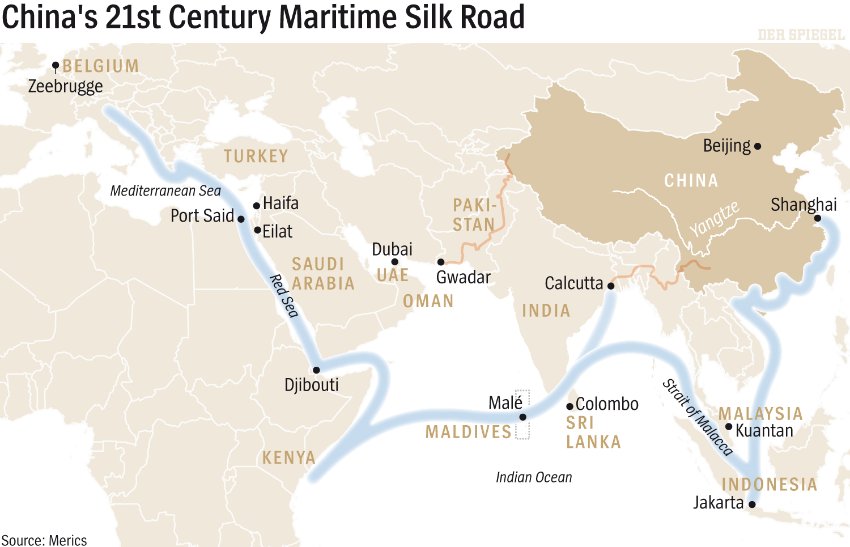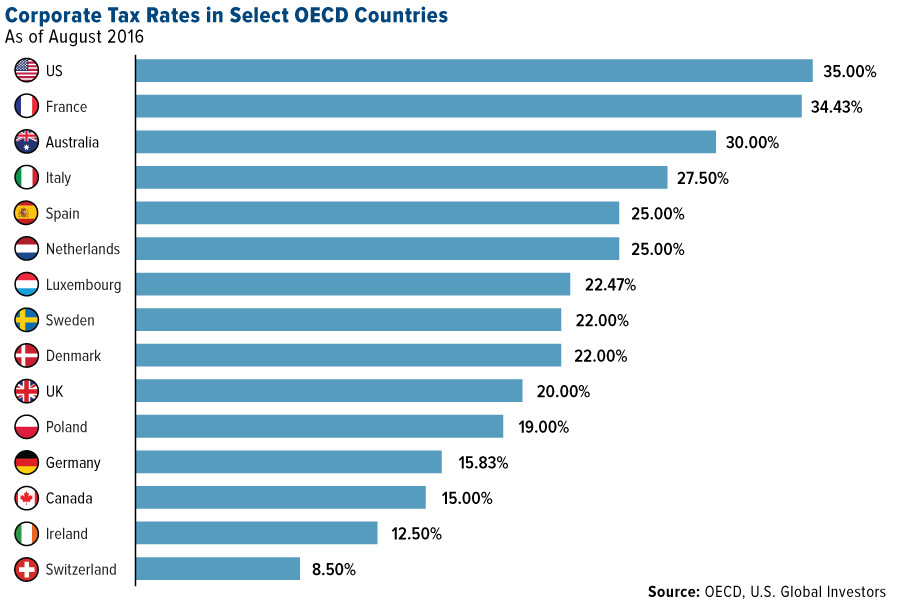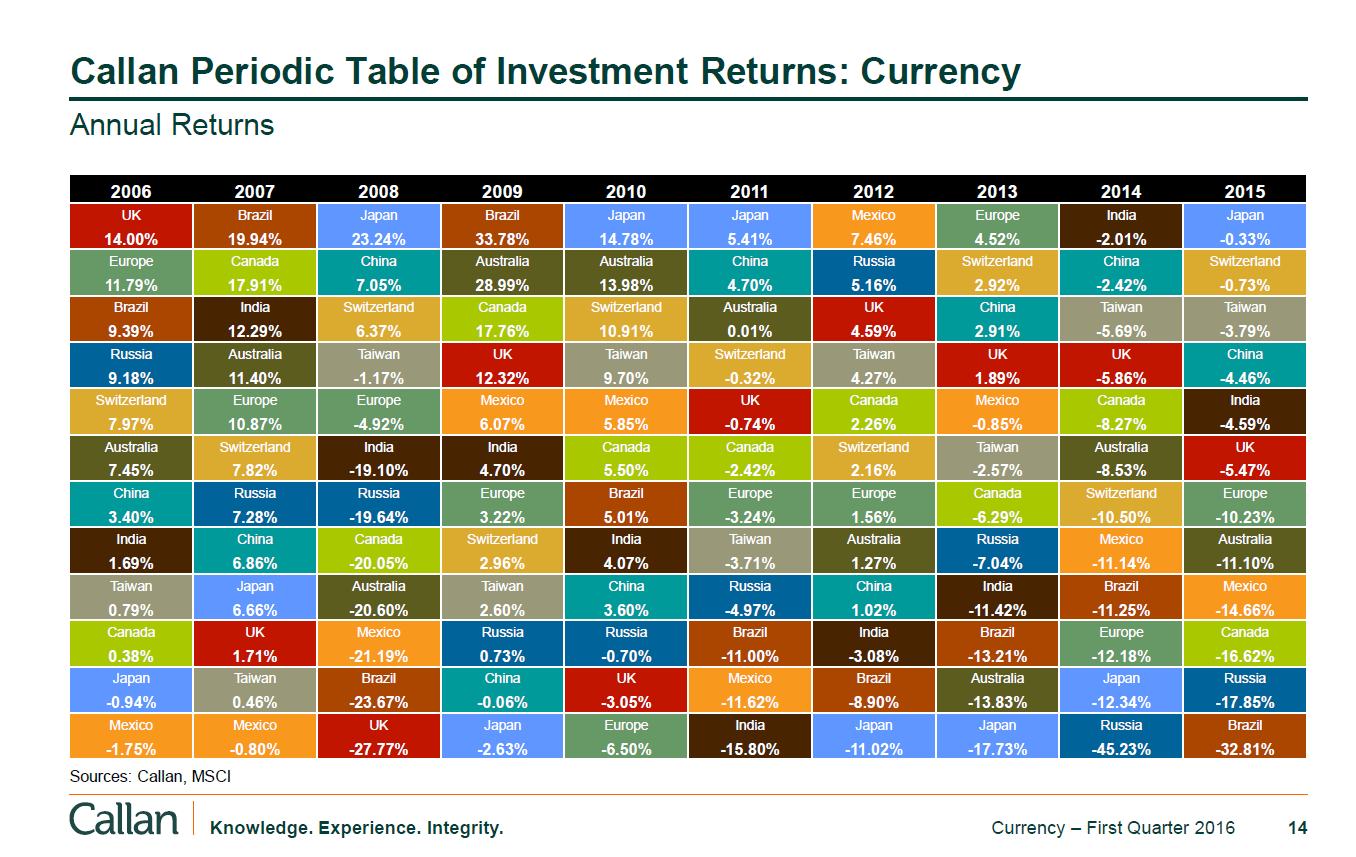- Health stocks: beyond politics (Fidelity)
- Emerging-Market Small Caps: A Distinct Growth Opportunity (Franklin Templeton)
- Five things investors need to worry about for the rest of 2016 (Financial Post)
- The great American make-work programme (FT Alphaville)
- Germany’s massive CA surplus set to decline (DB Research)
- Dividend sustainability: companies cannot squeeze the lemon forever (Money Observer)
- Top earners: Why did the 1% get so rich? (OECD Observer)
- Gold is still a good hedge when volatility rises (Blackrock Blog)
Click to enlarge




